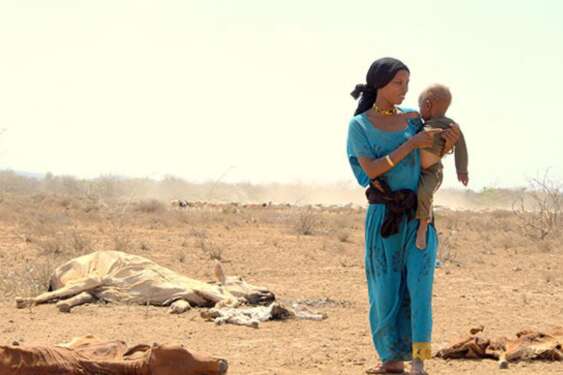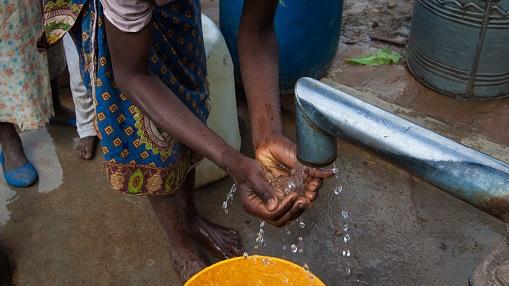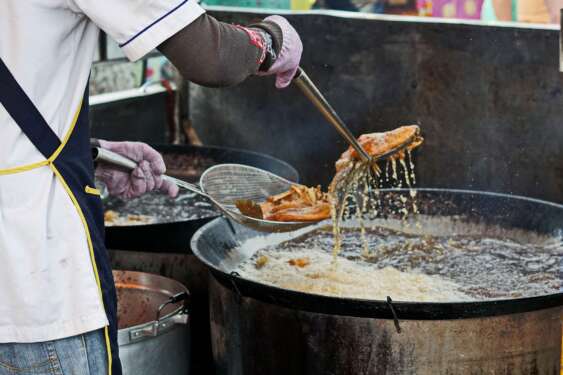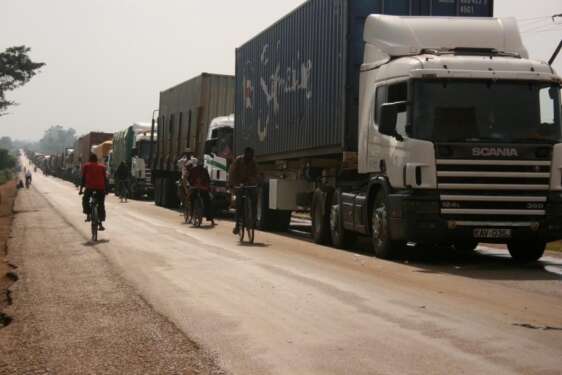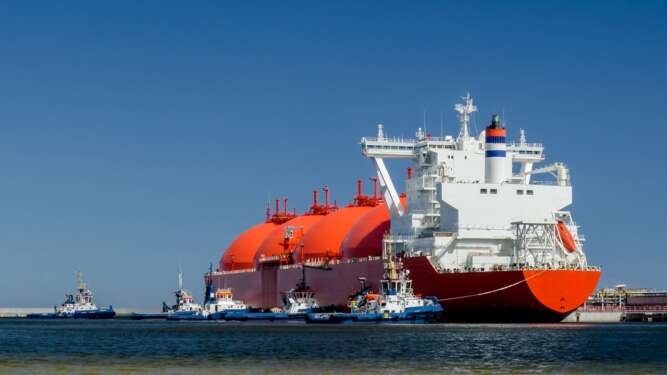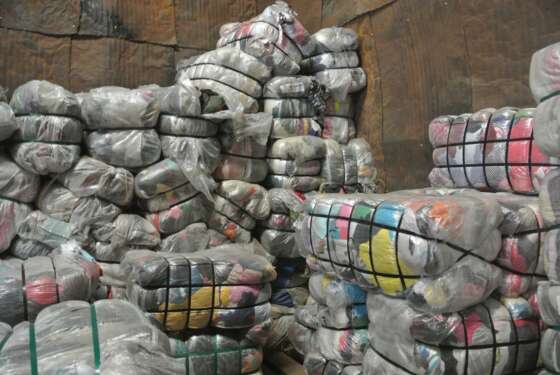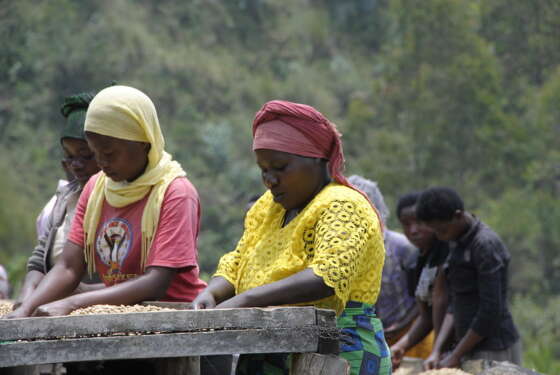- Youth Unemployment in Kenya: The Role of Vocational Training
- New $900,000 initiative aims to boost sustainable trade in Tanzania
- Organization of the Petroleum Exporting Countries’ (OPEC) pride in its African roots
- AIM Global Foundation pushes for stronger Gulf-Africa trade partnerships
- Investment opportunities in South Sudan’s emerging gold industry
- Family planning drive in Kenya gets 450,000 self-injectable contraceptive doses from UK
- AfDB commits $2 billion to revolutionise clean cooking in Africa, save forests
- The harsh realities of family laws for African women revealed
Browsing: premium
Over the years, various climatic disasters have occurred, notably the recent Cyclone Idai that hit the continent’s south-eastern part. Various more catastrophic weather events continue to affect the continent socially and economically. Kenya, which relies on its agricultural sector’s performance, has evidenced a sustained and growing divergence between farm production and consumption. Notable air masses like the El Nino and La Nina have had substantial negative impacts on coastal countries such as Kenya due to rising sea levels caused by changing oceanic climatic conditions.
Kenya has been forecasted to face another severe dry spell this year as a result of La Nina. La Nina, an air mass typical of cold weather, which is not ideal for rainfall, has been hitting the east coastal country nearly every five years. In 2016, 2.7 million people were affected by a hunger crisis, and the majority of them displaced. A notable concern in such …
Data from the United Nations Environment Programme (UNEP) shows that Africa will have an acute water shortage in 25 of the 55 countries on the African continent by 2025. The data warns that these countries will record water levels below 1,700 cubic meters per capita per year.
Sub-Saharan Africa (SSA) is home to 50 per cent of the world’s entire population that does not have access to clean water. The water crisis is prevalent. For a better perspective, out of the two billion people living in water insecure, about 1 billion of these are in the SSA countries plagued by water problems. Again, the numbers translate to every 1 in 8 people lacking water on the planet on a daily basis…
The solution to the recurrent food insecurity problem lies in investing in the sector to ensure that the agriculture and agribusiness value chains become attractive to those most affected – Africans themselves.
First, governments which are key stakeholders and players in the sector need to formulate and implement policies that will ensure that the issue of value chains in agriculture is addressed. For starters, with an estimated 33 million smallholder farmers, Africa’s agricultural value chain is deeply fragmented. …
Moving goods around Africa has been a huge challenge and only a few companies have managed the onerous task of delivering goods around the 30.37 million km² landmass.
The African continent’s supply chain is largely broken and local business owners to multinationals know this. Many African countries have severally ranked low on indicators such as cross-border clearance processes, quality of trade, infrastructure, inconsistent tax regimes, and consignments’ track and trace mechanisms on the World Bank’s Logistics Performance Index. …
A report by Africa Oil & Power (AOP) shows that the appeal of natural gas as a viable energy source has grown rapidly over the past decade. The primary drivers of this demand include reduced costs in comparison to traditional fossil fuels; mounting pressure from the global energy transition; and the growing demand for alternative power generation solutions across Africa.
Accordingly, the emergence of both Liquefied Natural Gas (LNG) and Compressed Natural Gas (CNG) markets has been driven by increased investment, in a bid to address energy security, diversification and electrification challenges. …
The second-hand clothes business is huge in Africa raking in billions especially in Kenya, Tanzania, Ghana, Uganda and Benin.
These five countries are among the world’s biggest markets for used clothing sold to the masses due to affordability. So big is the business in Kenya that importers saw a 4.9 per cent increase from US$157.4 million in 2018 to US$164.8 million in 2019.
Data by the Economic Survey 2020 shows that Kenyan traders imported 185,000 tonnes of used apparel in 2019 alone. That same year, the second-hand clothes industry popularly known as Mitumba contributed KShs12 billion (US$110 million) translating to US$10 million per month.…
The late Magufuli is celebrated and mourned across the East African Community which has also joined hands with Tanzania to remember his legacy—which extended from his fight against corruption and the misuse of public resources to his diplomatic relations, forged across the landscape through several regional communities—where on numerous occasions he had declared that ‘we are unified as one’.
Magufuli was a stern advocate of hard work for economic excellence. His voice on this matter was as strong as his willpower. Throughout his unfinished tenure, he had demonstrated how Tanzania can transform its natural wealth and utilize domestic tax collections to fuel development projects. …
The Grassroots Business Fund (GBF), a global impact organization that utilizes the power of blended capital to invest in traditionally under-financed businesses, has announced the spin-off of its Latin America team into a new fully-fledged unit operating as Andes Impact Partners – AIP with its headquarters in Lima, Peru and is planning on expanding its African operations from Nairobi.
AIP launched APF-I in November 2020 with an initial focus on Peru and Colombia and a possibility to expand to other markets in the region. The fund targets inclusive businesses which incorporate underserved, vulnerable or low-income communities in their supply chains, helping to improve incomes and the quality of life of these communities. Target businesses must be committed to gender equity and to promoting equal opportunities. …
Enjoying some of the world’s highest annual economic growth rates, and by the measure of the amount of infrastructures works, the East African Community (EAC) is one of the world’s fastest-growing regional trade blocs.
East Africa is undertaking some of the world’s grandest infrastructure works yet, ranging from fast-speed electric train railways and single cable bridges to imposing dams and oil and gas pipelines as well as multinational road networks.
It is just as well because trade on the continent is growing exponentially and is bound to grow even faster with the signing of the continent-wide free trade pact. …
Tourism was Tanzania’s leading source of forex—this according to data from the Ministry of Natural Resources and Tourism—but that was only true before the global Covid-19 pandemic hit.
Statistics from the ministry show that the country earned an impressive USD2.5B from the tourism sector in 2019. That was the highest it would rake in before Covid-19 befell the world in 2020. To date, the future looks grim.
The effect of the global pandemic on Tanzania’s economy in general has been devastating. Consider the fact that earnings from the travel subsector have plummeted by more than half its pre-pandemic earnings. …





